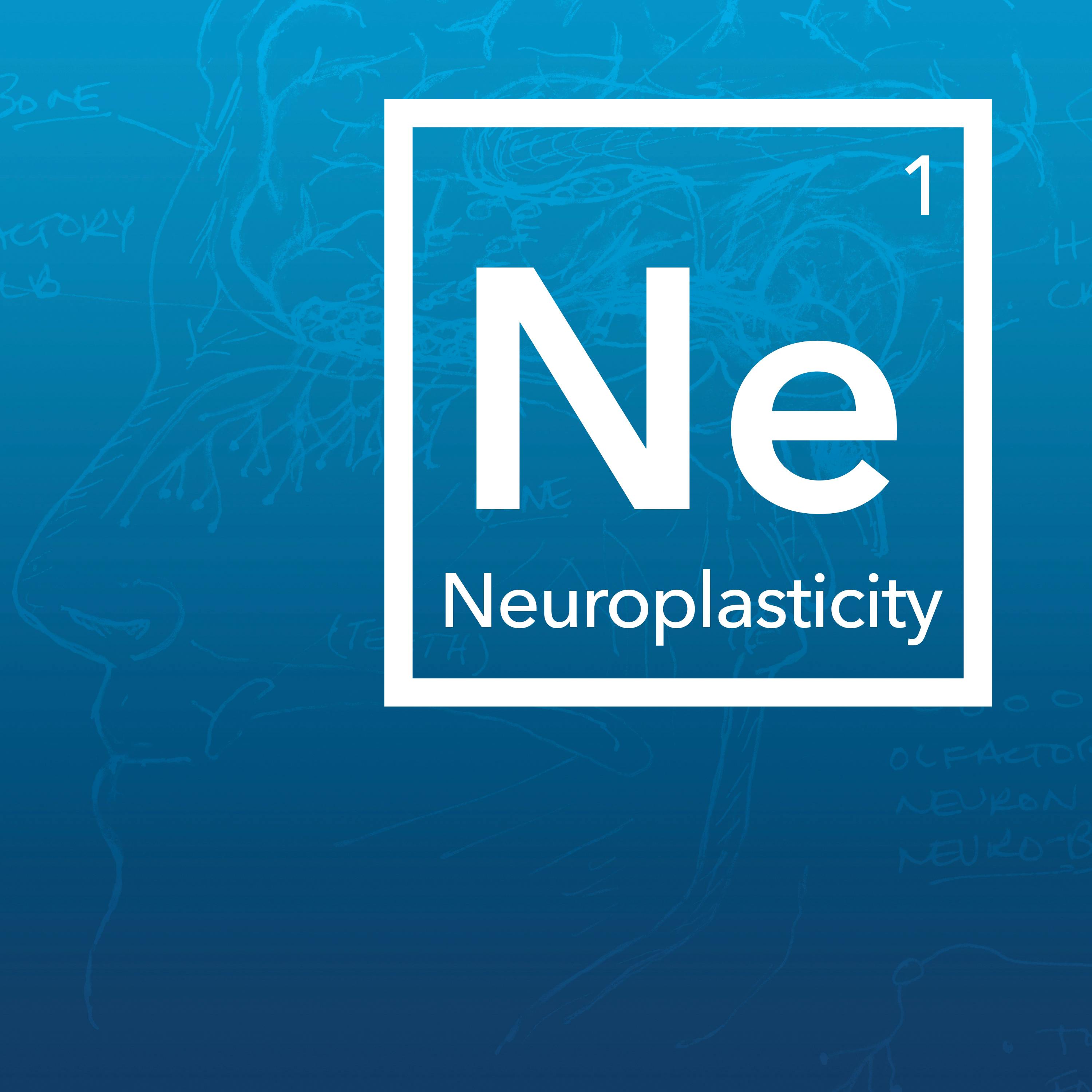
January 4, 2021 • 1hr 1min
How Your Brain Works & Changes
Huberman Lab

Key Takeaways
- The nervous system includes the brain, spinal cord, and connections to/from organs. It's a continuous loop of communication between brain, spinal cord, and body.
- The nervous system is made up of trillions of nerve cells called neurons, separated by small gaps called synapses where chemical signals are passed.
- The nervous system performs 5 main functions: sensation, perception, feelings/emotions, thoughts, and actions/behaviors.
- Neuroplasticity is the ability of neural connections to change in response to experience. The adult brain can change, but it requires more deliberate effort than in childhood.
- Neuroplasticity is triggered by focused attention and effort, but the actual rewiring occurs during sleep and rest.
- The autonomic nervous system governs transitions between alertness and calmness. Understanding its 90-minute ultradian rhythms is key for optimizing learning and performance.
- To engage neuroplasticity, one must master both the transition to sleep and the transition to wakefulness.
- Sleep is critical for learning, memory consolidation, immune function, and overall health. Both sleep quantity and quality are important.
- Non-sleep deep rest states can help accelerate learning and neuroplasticity.
Introduction
In this episode, Dr. Andrew Huberman provides an introduction to how the nervous system works to create sensations, perceptions, emotions, thoughts and behaviors. He also discusses how we can change our nervous system through neuroplasticity. The information sets the stage for future podcast episodes by covering neurons, synapses, brain chemicals, and the rhythms that control our ability to focus, learn, sleep, and more.
Topics Discussed
Structure and Function of the Nervous System (7:57)
Dr. Huberman explains that the nervous system includes:
- The brain and spinal cord
- Connections between brain/spinal cord and body organs
- Connections from organs back to spinal cord/brain
He describes it as a continuous loop of communication. The nervous system is made up of trillions of nerve cells called neurons, separated by small gaps called synapses where chemical signals are passed.
The nervous system performs 5 main functions:
- Sensation
- Perception
- Feelings/emotions
- Thoughts
- Actions/behaviors
Historical Understanding of the Nervous System (8:09)
Dr. Huberman discusses how our understanding of the nervous system developed, including:
- Early 1900s discovery that the nervous system is made of individual neurons rather than one continuous cell
- How World War I injuries provided insights into brain function by creating discrete lesions
- Discovery of "Jennifer Aniston neurons" that respond to specific faces/concepts
Sensation and Perception (11:58)
Key points on sensation and perception:
- Sensation involves non-negotiable receptors that detect specific stimuli
- Perception is which sensations we pay attention to
- We have two "attentional spotlights" allowing some multitasking
- Attention can be dilated (broad) or concentrated (narrow)
Bottom-Up vs Top-Down Processing (17:45)
Dr. Huberman contrasts:
- Bottom-up processing: Reflexive, automatic responses to stimuli
- Top-down processing: Deliberate, effortful control of attention and behavior
He notes that top-down control feels effortful and creates a sense of mental friction.
Emotions and Neuromodulators (21:47)
Key points on emotions and brain chemicals:
- Emotions involve activity of neurons and release of neuromodulator chemicals
- Key neuromodulators include dopamine, serotonin, acetylcholine, epinephrine
- Neuromodulators bias which neurons are likely to be active/inactive
- This relates to the development of antidepressants and antipsychotics
Thoughts and Thought Control (25:01)
Dr. Huberman explains that thoughts can be:
- Reflexive - occurring automatically
- Deliberate - consciously directed
He notes that we can learn to control our thought patterns through deliberate practice.
Actions and Impulse Control (25:56)
Key points on actions and behavior:
- Actions/behaviors are how we create a "fossil record" of our existence
- Much of the nervous system is devoted to converting sensations/thoughts into actions
- Impulse control requires top-down processing from the frontal lobes
- Damage to frontal lobes or alcohol can reduce impulse control
Neuroplasticity (33:44)
Dr. Huberman discusses neuroplasticity - the ability of neural connections to change:
- The young brain is extremely plastic, able to rewire easily
- Adult brains can still change, but it requires more deliberate effort
- Neuroplasticity is triggered by focused attention and effort
- The actual rewiring occurs during sleep and rest periods
- Neuromodulators like acetylcholine and epinephrine are key for plasticity
The Portal to Neuroplasticity (38:34)
Dr. Huberman explains that neuroplasticity requires:
- Focused attention and effort during learning
- A sense of agitation/strain as you push yourself
- Sleep and non-sleep deep rest for consolidation
He notes that trauma can easily trigger neuroplasticity due to the intense focus and neuromodulator release.
Accelerating Learning in Sleep (43:53)
Dr. Huberman discusses research showing:
- 20 minutes of deep rest after intense learning accelerates plasticity
- Playing sounds associated with learning during deep sleep enhances retention
The Autonomic Nervous System (47:29)
Key points on the autonomic nervous system:
- Governs transitions between alertness and calmness
- Includes sympathetic (alerting) and parasympathetic (calming) branches
- Operates like a seesaw over 24 hour cycles
- Understanding its rhythms is key for optimizing learning/performance
Ultradian Rhythms (52:22)
Dr. Huberman explains 90-minute ultradian rhythms:
- Occur in both sleep and waking states
- In sleep, we cycle through sleep stages every 90 minutes
- In waking, our capacity for focus/attention follows 90 minute cycles
- Understanding these can help optimize learning and performance
Conclusion
Dr. Huberman concludes by emphasizing the importance of understanding:
- The autonomic nervous system's role in regulating alertness/calmness
- The 90-minute ultradian rhythms that govern our capacity for focus
- How to leverage sleep and non-sleep deep rest for neuroplasticity
He notes that mastering these elements is key to getting the most out of one's nervous system and engaging in effective neuroplasticity. Future episodes will dive deeper into sleep, non-sleep deep rest, and how to optimize these states for learning, emotional regulation, and overall wellbeing.







